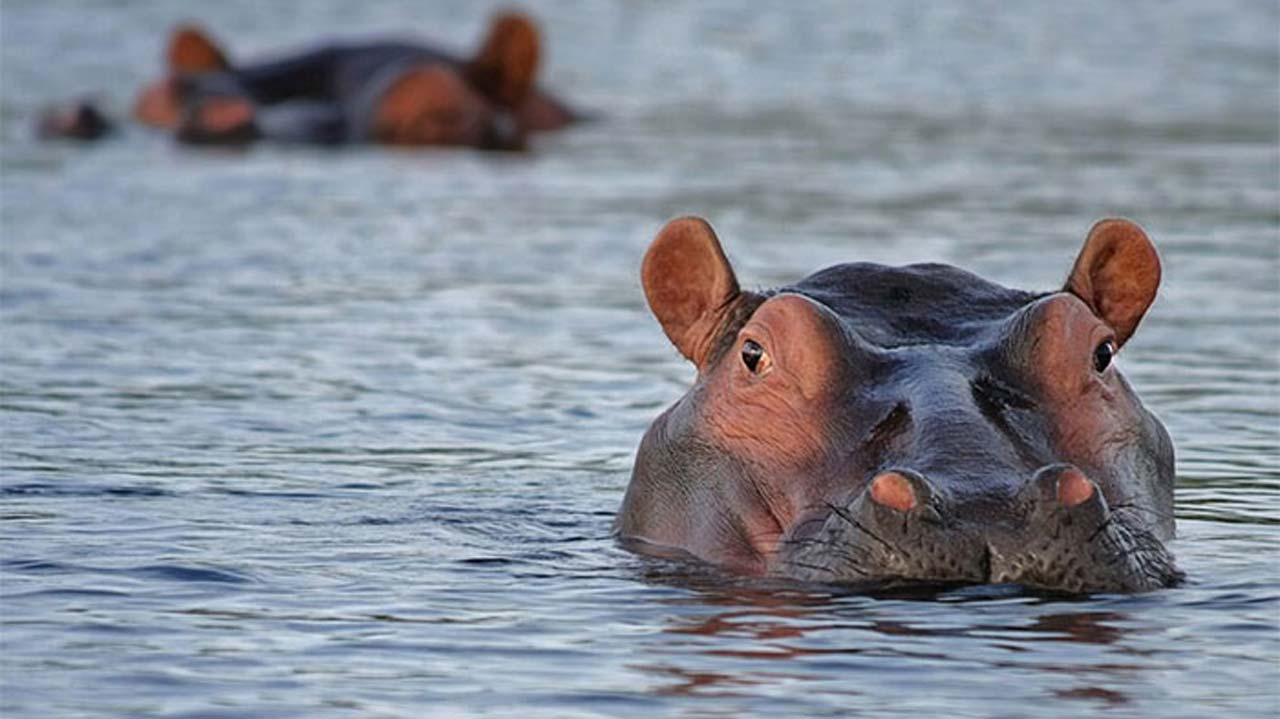
The Conservator, Kainji Lake National Park, Alhaji Mohammed Kabuiru, has said that animal population has increased in the park as a result of frequent patrol by the armed park rangers.
Kabiru said this in an interview with the News Agency of Nigeria (NAN) in Kainji on Friday on the sidelines of the Commemoration of the World Wildlife Day.
The theme of the 2017 World Wildlife Day celebration is: “Listen to the Young Voices’’.
He said that varieties of animals were being sighted in the park.
“Such mammals as lion, leopard, hippopotamus, western hart beast, roan antelope among other varieties of reptiles, snails, varieties of wild birds and insects in their numbers,’’ Kabiru said.
He said that varieties of aquatic animals and fishes also abound in their natural habitat in the rivers in the park.
According to him, elephants are no more sighted in the park because of fragmentation of their natural habitat.
“The elephant migratory corridor has been encroached by farmland and other human activities, along their migratory corridors.
“The elephant population is now cut off as a result of farmland and human activities. That is what happened to elephants that used to be in Kainji 13 years ago,’’ he said.
Kabiru said that every game reserve has its peculiarity.
“Cross River National Park has low-land gorillas because of the vegetation of the place.
“The vegetation of a place determines the animals that are found in any game reserve,’’ the conservator said.
Kabiru, however, said that poachers sometimes carried out their unscrupulous activities by logging, fishing, hunting and grazing.
He said poachers were prosecuted when caught.
According to the conservator, the park receives more researchers (undergraduate and post-graduate students) than people visiting for recreation.
“This year alone, we have received from different parts of the country more than 2, 000 students on excursion and field trips,’’ Kabiru said.
NAN reports that the Kainji National Lake Park is protected for tourism, conservation of its resources, both plants and animals, for the purpose of research and recreation.
It covers an area of 5,340.82 km and was established in 1978.
Its climate exhibits wet and dry seasons from April to November and November to April respectively.
“The park is a typical inselberg landscape with round hills, wide pediments and plains separating them and incised river channels slopping down toward the River Niger valley.
“Some of the rivers in the park include: Oli Menei, Doro and Manyara Rivers among others.






